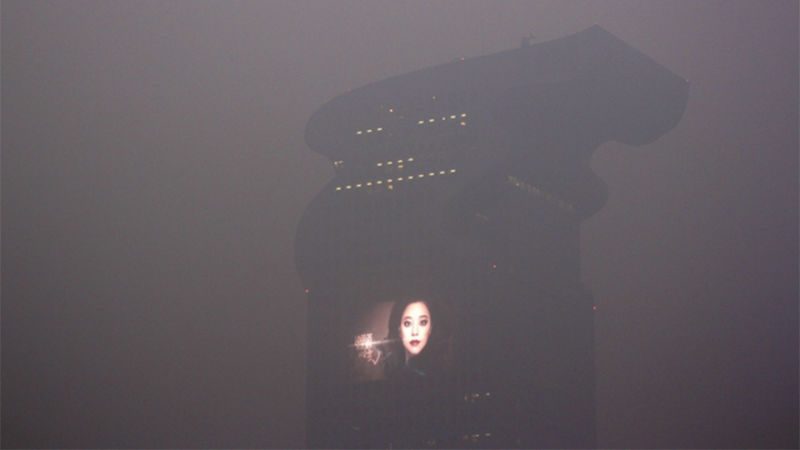I want to see more nuclear power development. Modern reactors have many improvements over the previous generations and nuclear's safety record isn't bad in the first place.
The issue is that "isn't bad" is not good enough for nuclear power, due to the extremely high damage potential of it.
Because of that you'd basically need a 0% failure probability, which statistically isn't achievable (I'll talk about that later).
Before I continue, some info about my background. I'm a structural engineer and I worked for more than two years on a renovation project of one of our (now decommissioned) nuclear power plants here in Germany.
I'm not a nuclear physicist but I know quite a bit about the safety concepts used to design those buildings/structures.
The base for building design is called a "semi probabilistic" safety concept.
What this means is that you design load cases based on measuring data (like wind velocity or snow loads for example) for a specific period, take historical data into account and extrapolate said data for a specific design time period. And on top of that you put a global safety factor of (in most cases) 1.5 to account for load variance and uncertainty in the statistical data.
In case of wind and snow loads this is quite easy and those load cases are designed for an exceedance probability of 2%. This sounds good on paper and seems pretty safe, but it also means that there's a 100% probability that those design loads are exceeded once every 50 years and you don't know when that event will occur in the next 50 years. It could never happen in your lifetime but it could also happen next winter.
Now for earthquakes this doesn't work as well unfortunately. Since the variation is seismic loads is much higher and the available data (on the time scale that's actually needed) is limited, the semi probabilistic safety concept becomes less accurate.
Here in Germany, seismic loads are designed with an exceedance period of 475 years. Now this sounds a lot safer than those 50 years wind loads are designed to and it is. But still, we don't know when this "475 year" event will happen (and it WILL happen). And additionally a 475 year design also means that there's a 10% chance that this designed load case will be exceeded in 47.5 years, which is basically the operating life of current NPPs.
If there were no safety factors this would mean that there's a 10% chance that a NPP's structure would get damaged by seismic loads at least once in their lifetime.
Now, the safety factors do take care of that partly but as I mentioned, the uncertainty in seismic loads is too high to lower the probability to basically 0%.
Fukushima is the best example for this. The Japanese have much more experience with earthquakes than us Germans but the actual seismic loads STILL exceeded the design loads of 3 of the reactor buildings by ~25% and damaged one of the emergency cooling systems.
Let's continue with the Fukushima example and take a look at the general safety concept of it.
All NPPs have redundant backup power supplies/generators, but that redundance doesn't help you when the wall that protects the sea side is barely 6m high (which is still much higher than the compulsory height of ~3m) and a 15m tsunami floods the whole area and destroys the water pumps and generators.
Now you could ask "Then why didn't they build a higher wall and designed the reactor buildings for higher seismic loads?"
The answer is, because engineers (and scientists) simply didn't know better. Those structures were built according to the newest technical standards at their time.
People learn from their mistakes and I'm sure standards will be reworked based on those, but the point I'm trying to make here, is that you only need one catastrophic event that exceeds what those updated standards will account for and a similar catastrophy will happen again.
Now you could demand to increase the safety factors to 10(0) but then the whole issue becomes a technological and economical one, because either there's no technology available to build structures in such an extremely safe way or, if it is, it'll be so expensive that it wouldn't be economically sensible anymore.
And just as a side note, all of this is also true for nuclear waste storage. We'll need to store away this material for thousands of years but current safety concepts don't work well for such long time periods.
You could draw the conclusion that you shouldn't build NPPs close to the sea or in seismic zones. Well, the former one is quite difficult to achieve because NPPs need a huge amount of water for cooling and the sea obviously is the best location because of that. And for latter, just take a look at the seismic zones and NPP locations of the world's largest producer of nuclear power (USA):
(Sorry but I don't know how to resize an image here.)
All of the above is only about the potential technological issues of nuclear energy. I haven't even talked about human error, insufficient maintenance (talknig of experience here...), etc.
Humans are prone to making mistakes and unfortunately nuclear power doesn't tolerate those.
I'm not a Greenpeace activist or something similar at all, but I've seen things in person and know enough about safety concepts and building technology that I wouldn't want to see any country continuing to focus on nuclear energy.
tl;dr:
Due to the incredibly high damage potential of nuclear power you IMO would need to lower the failure probability to basically 0%, which isn't possible with today's technology, as past events have shown.







